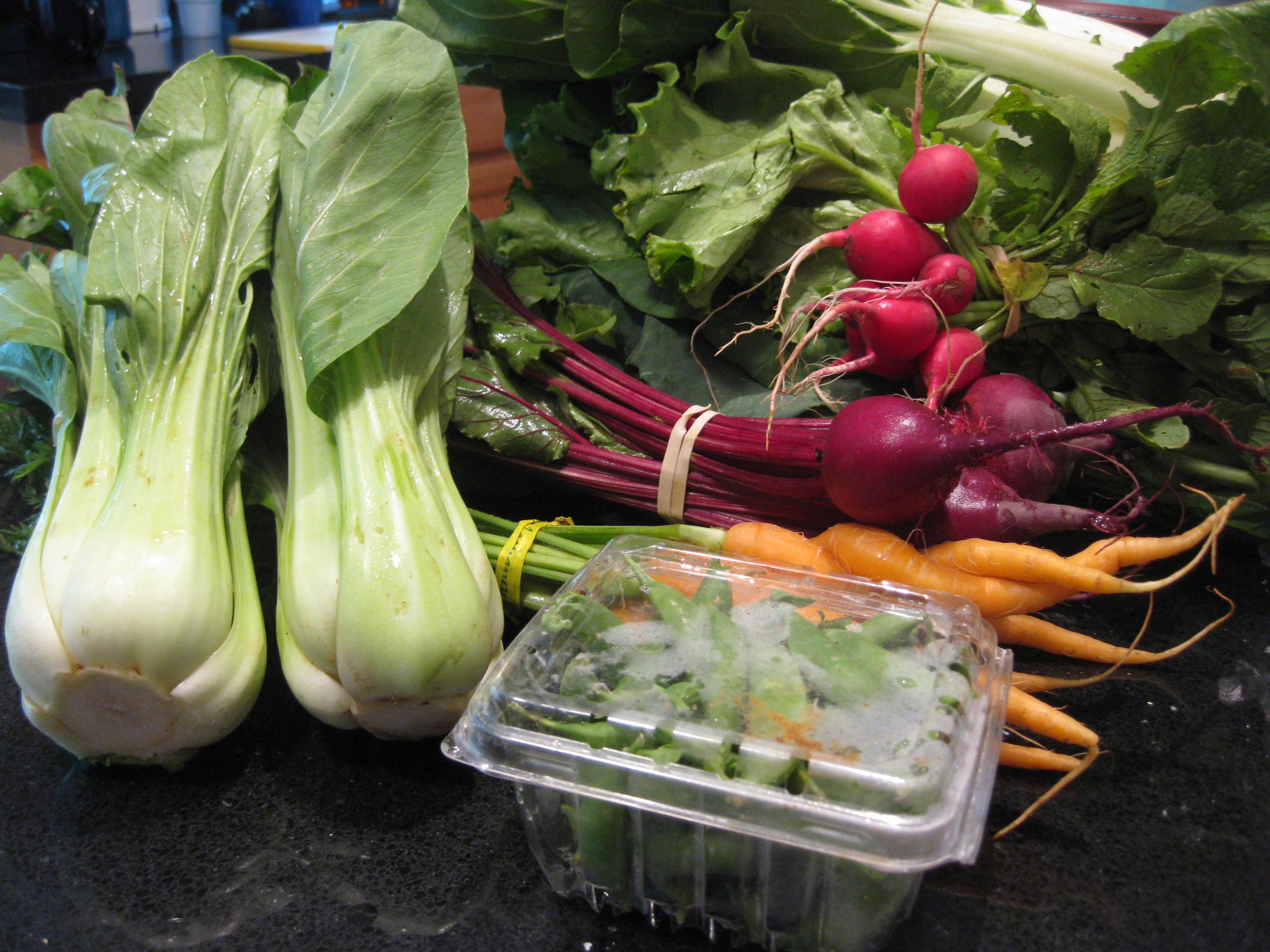Views expressed in opinion columns are the author’s own.
As a college student, finding food that checks all the boxes — healthy, inexpensive and sustainable — seems impossible. And with the recent loss of the 43-year-old Maryland Food Co-op, University of Maryland students now have even fewer sustainable options within walking distance.
However, there are still ways to eat sustainably in College Park, and students should take full advantage of these options.
Most students aren’t fully aware of where their food comes from, which creates distance between consumers and the impact their food has on the planet. It’s not our fault we can’t track our food — scale and complexity have added to food anonymity.
Buying food locally is one solution — not only does this increase transparency, but it supports local economies and requires less energy to transport.
Fortunately, this university has several existing programs that encourage students to consume local, accessible food, including an on-campus farmers market, where the food comes from farms within 250 miles of College Park. In contrast, the average food item travels about 1,500 miles to reach our tables.
Additionally, Dining Services sources some of its produce from Terp Farm, a facility 15 miles from College Park open for students to work or volunteer at.
Students and faculty have also created other ways to increase sustainable, healthy and inexpensive produce options. Green Roots, a student hydroponics club, has found a way to grow food on campus while researching and developing sustainable agricultural solutions.
Housed in the Research Greenhouse Complex on campus, Green Roots will grow food throughout the year and offer produce to the university community through a Community Supported Agriculture program. As climate change causes weather to become more unpredictable, hydroponic methods can be a sustainable alternative to traditional farming, as they use less water and fewer harsh chemicals and can be grown indoors.
Animal agriculture is another big culprit in terms of environmental impact. Switching to plant-based food has the benefit of giving you a healthier diet as well as decreasing emissions — producing one calorie from animal protein takes 11 times as much fossil fuel input as one calorie from plant protein.
Though there are cultural, health and monetary barriers to consider when making the case that everyone should be vegetarian, most people can at least cut down on their meat consumption and make a positive change on their ecological footprint.
This university has taken steps in this direction as well. Last week, this university became the first to sign on to the Cool Food Pledge, committing to cut its food-related greenhouse gas emissions by 25 percent by 2030. A large part of this initiative is intended to change behavior, attitudes and awareness, especially as the World Health Organization predicts that demand for both meat and milk will continue to rise in the next decade.
Changing how we think about food and how we could design communities such as college campuses around food hubs is an essential step in protecting the environment, improving public health and achieving food justice. Students need to start considering the link between food and environmental impact and take advantage of the programs that already exist to improve how we live and eat.
Sonja Neve is a senior environmental science and policy major. She can be reached at sonjaneve55@gmail.com.



